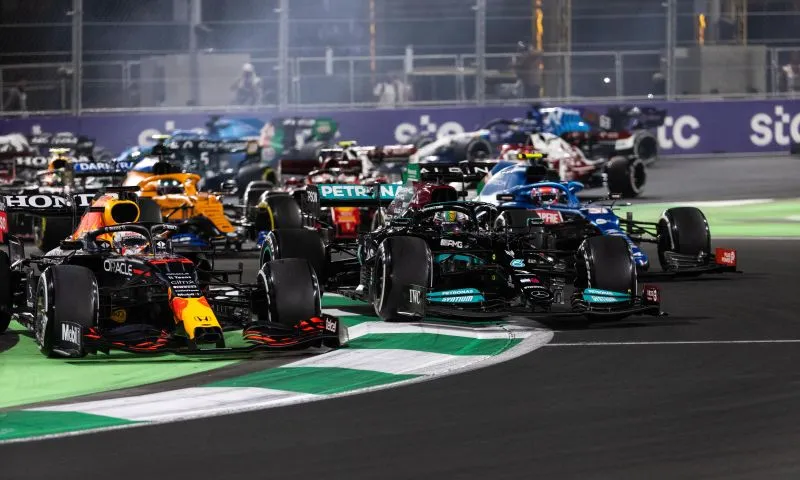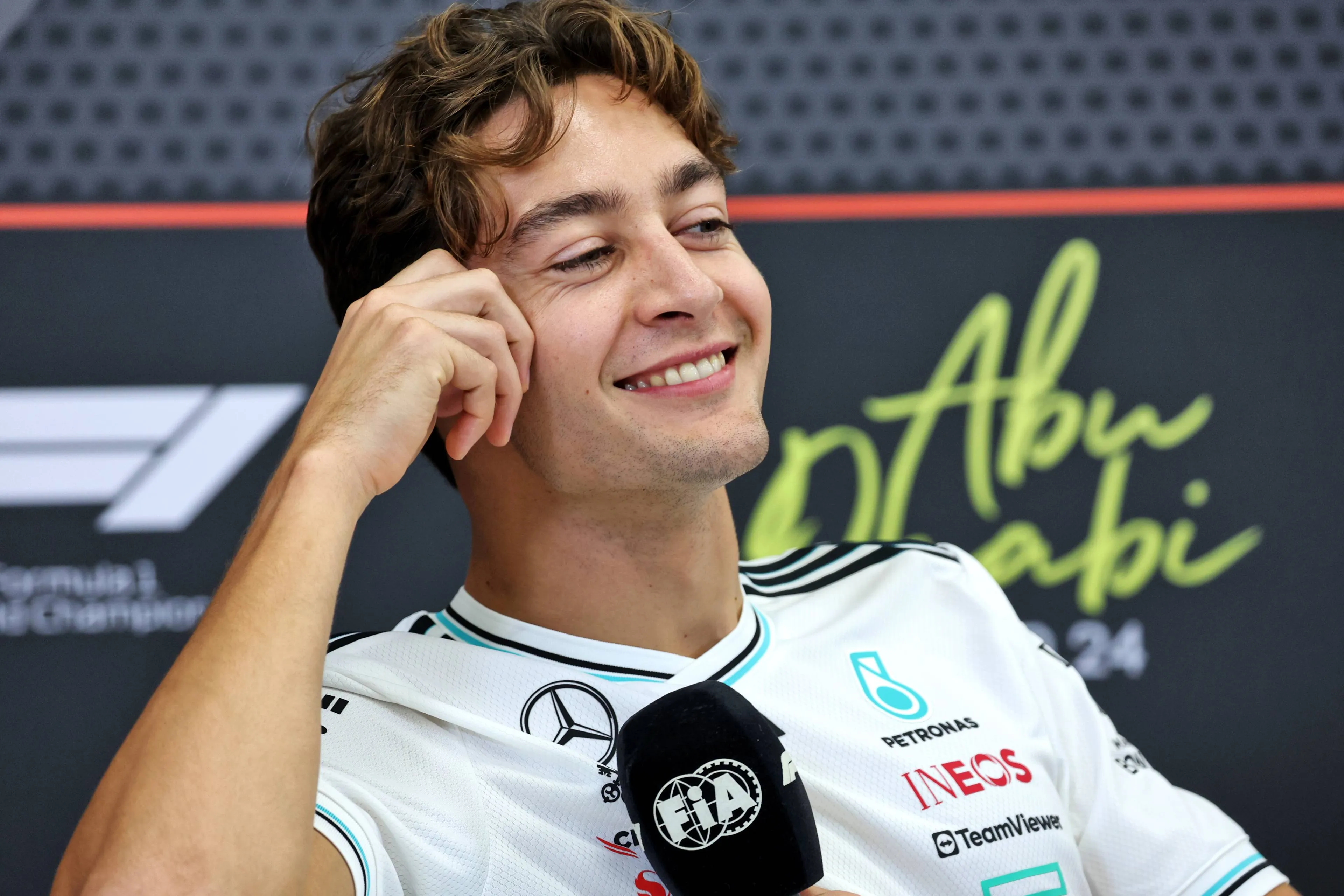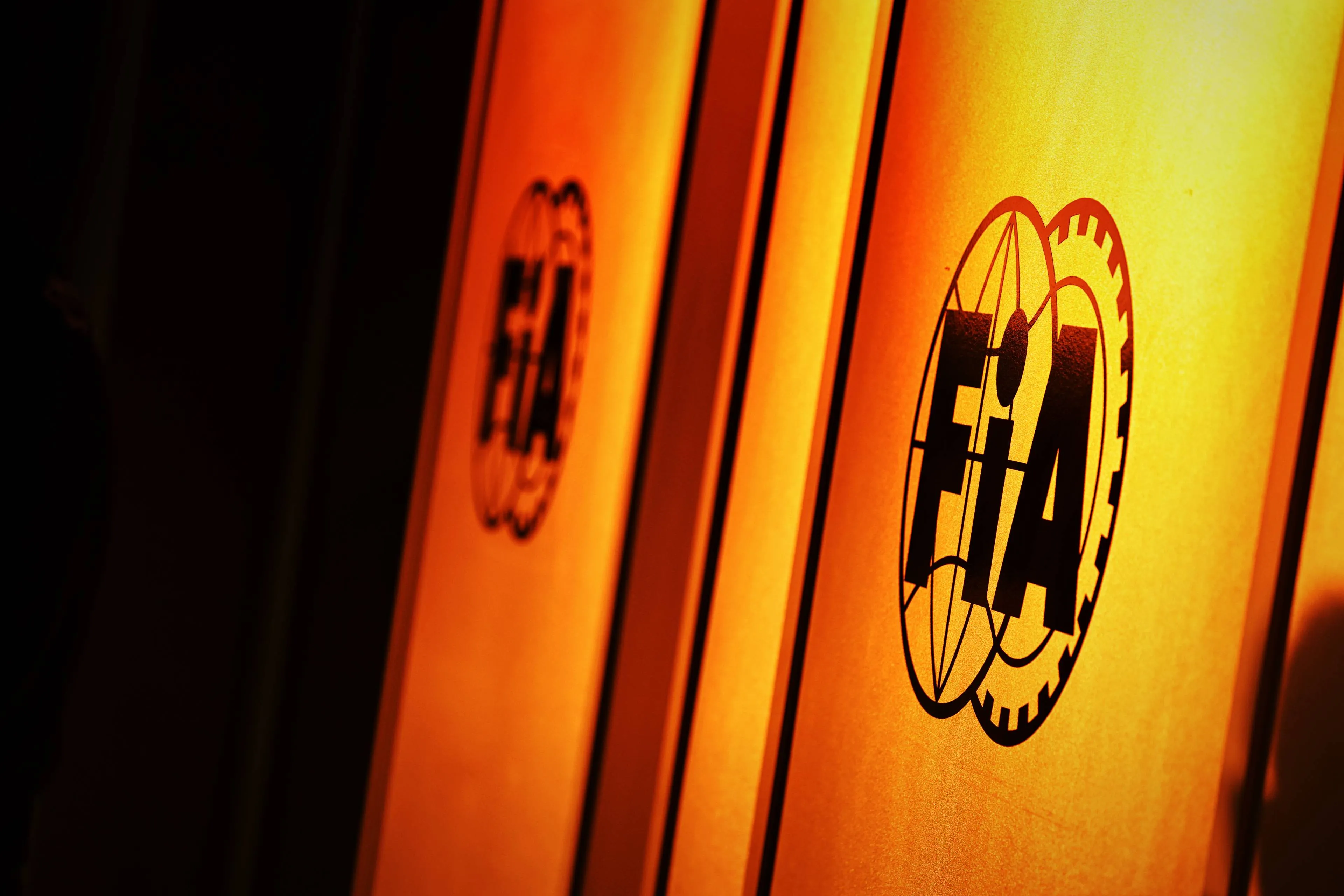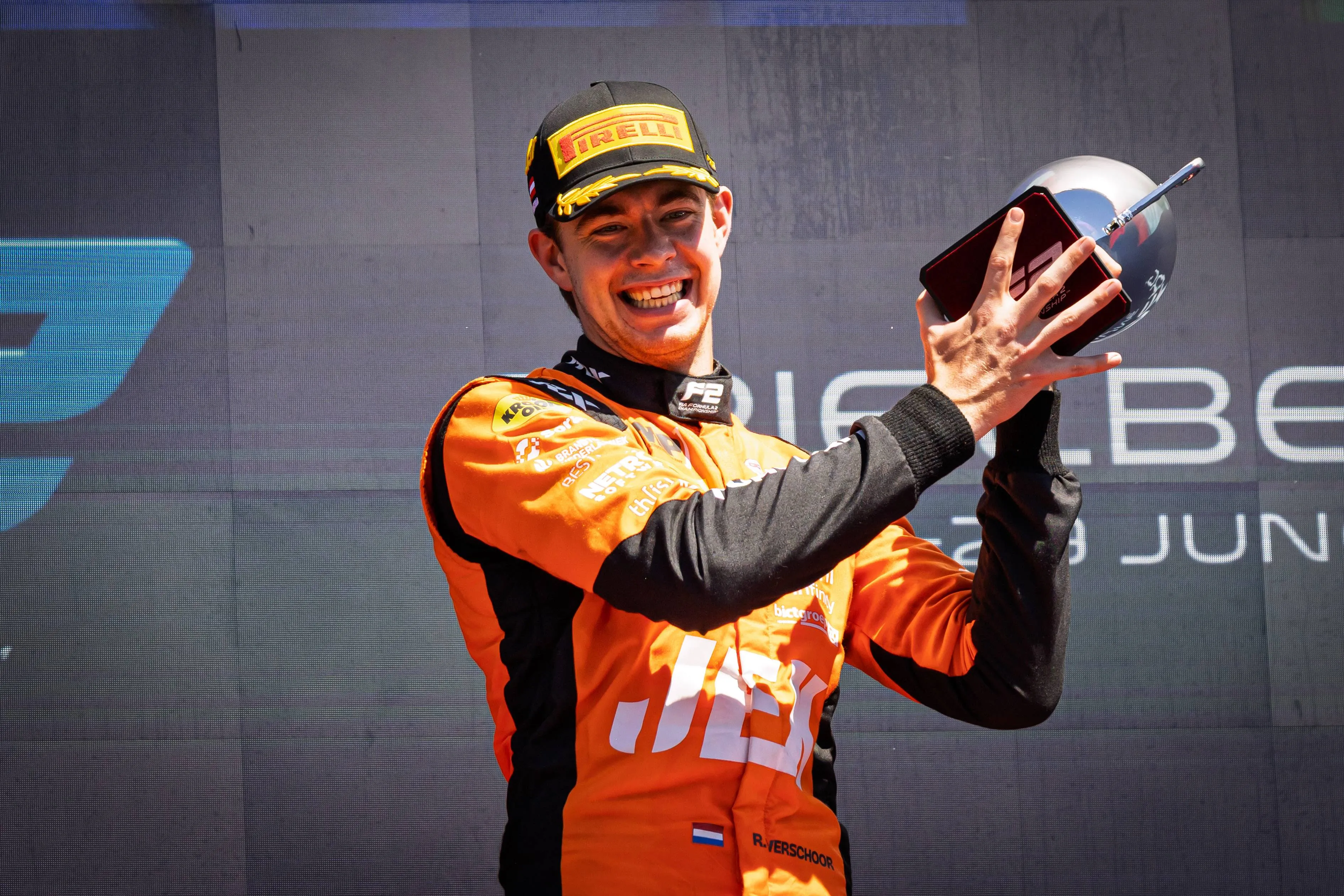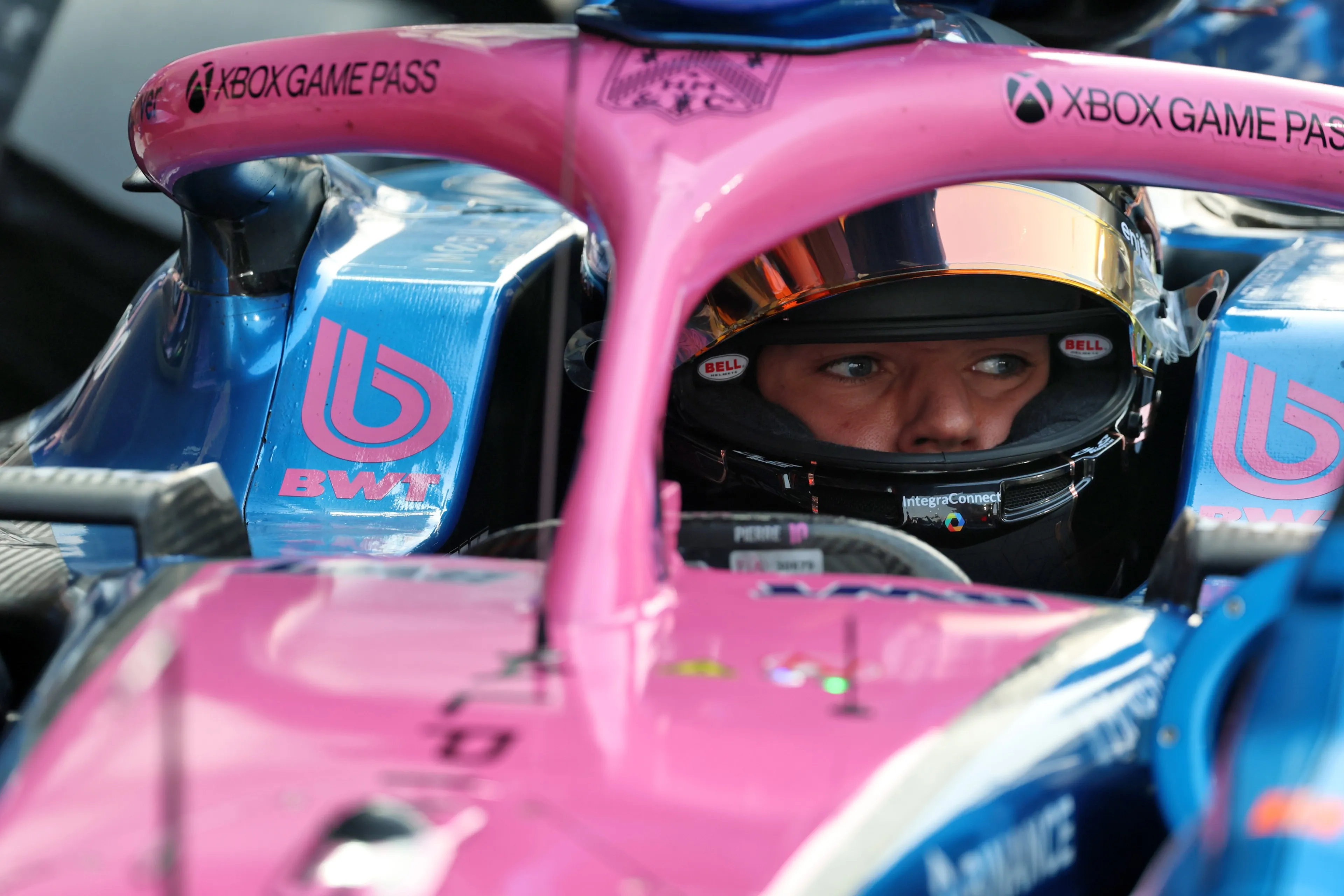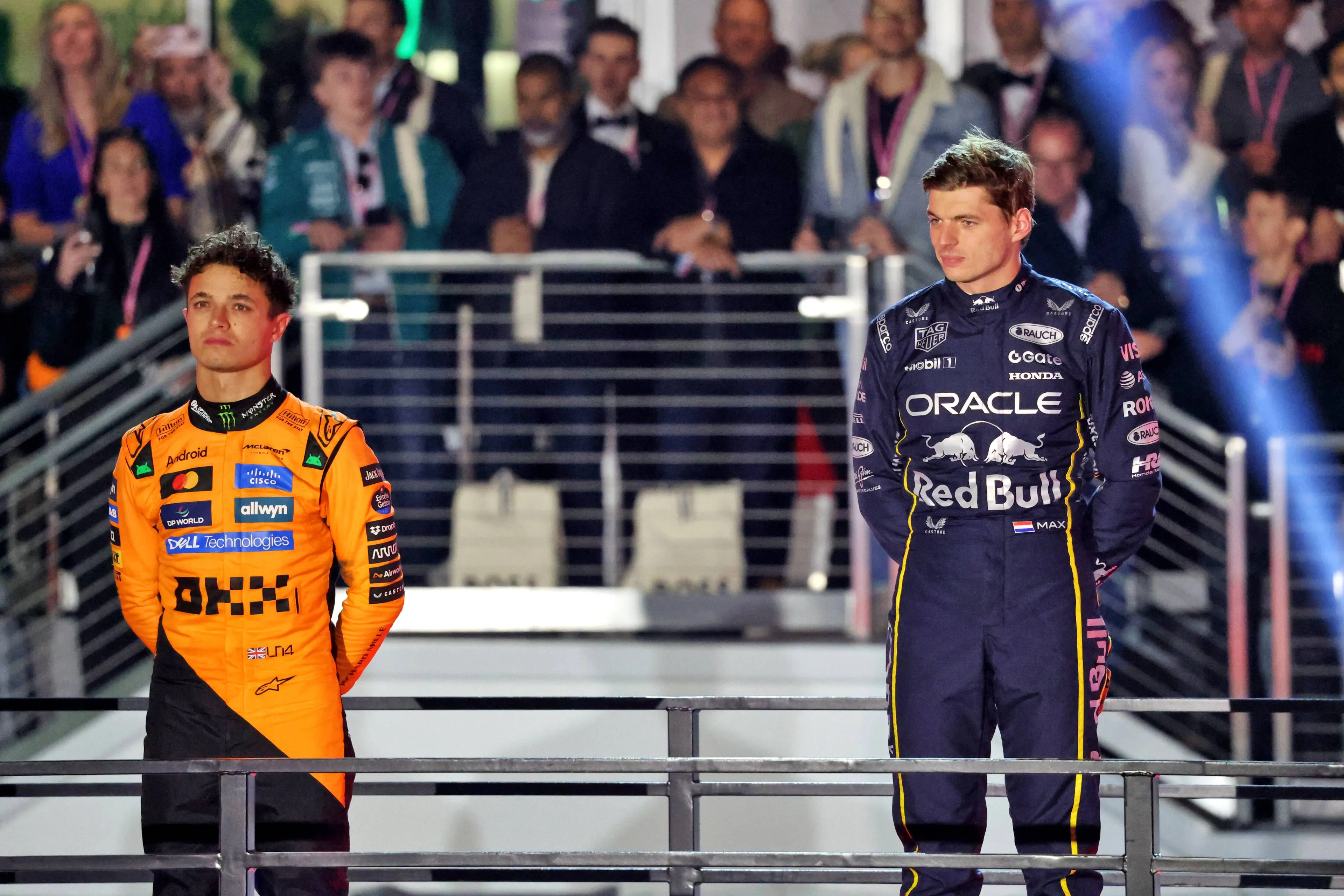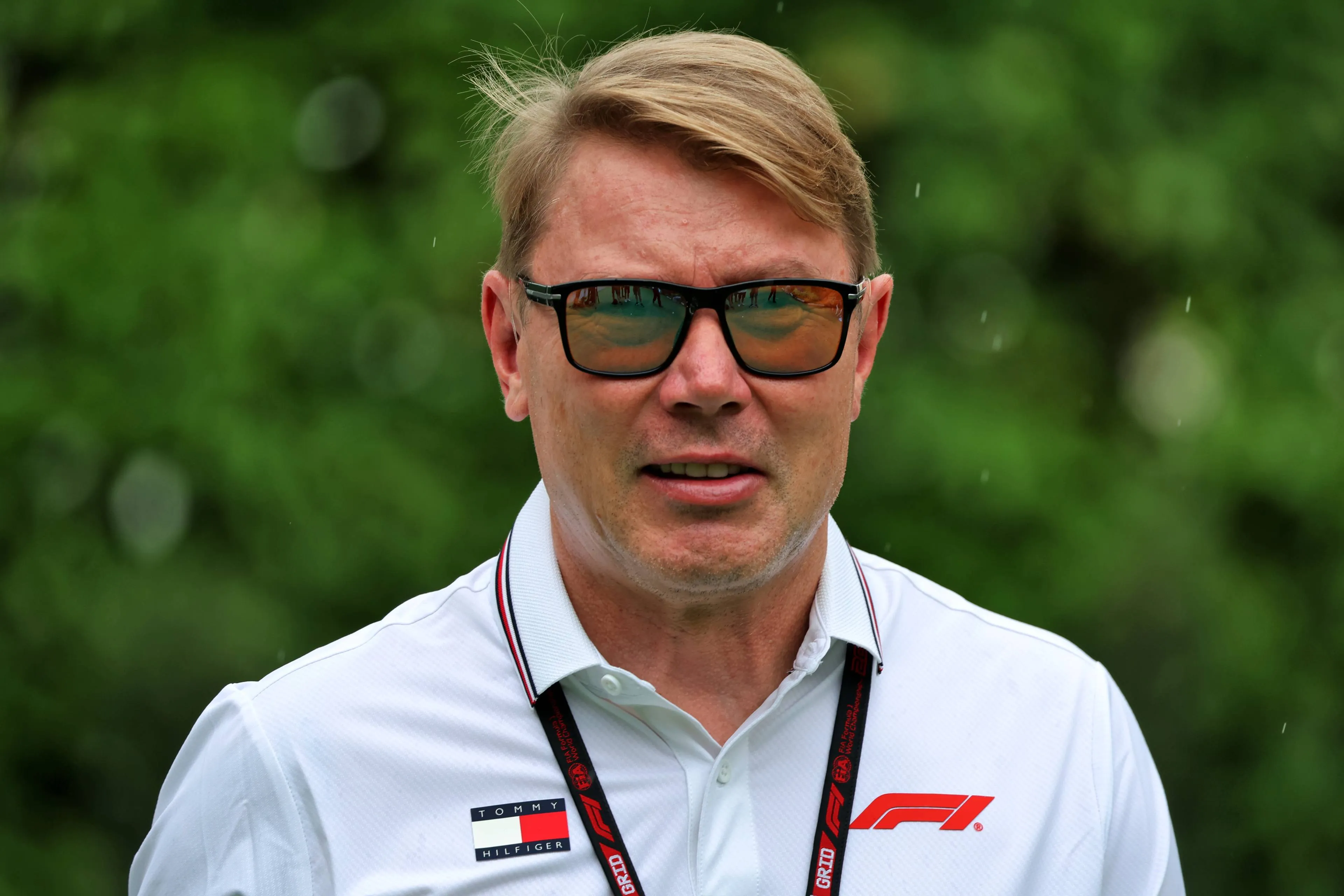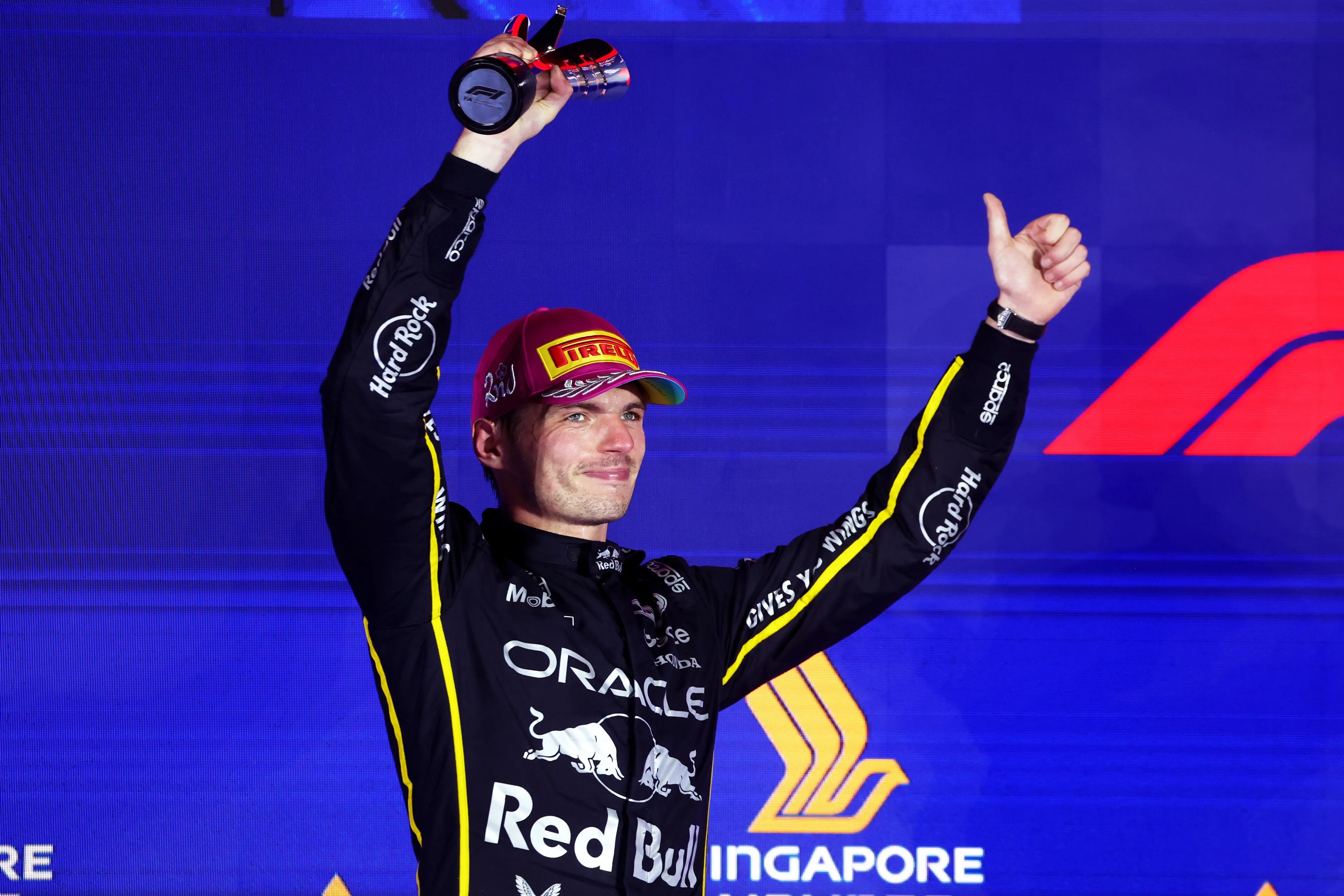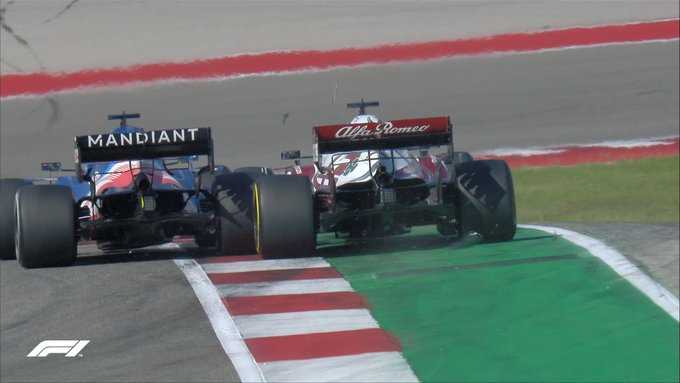Long Read | How the FIA can enforce track limits more consistently
07:00, 18 Mar 2022
3 Comments
The FIA’s inconsistency in following their own precedents and rules has at times spoiled what has otherwise been an illustrious and exciting 2021 season. There have been numerous occasions throughout the season where the FIA has seemingly contradicted themselves regarding track limits and provided no clarity on the rules to drivers, teams, and fans alike. Here we analyze some of the track limits controversies of last season and discuss how the FIA could address them for better racing in 2022.
Bahrain Grand Prix
The 2021 Bahrain Grand Prix was set to be one of the most nail-biting season openers in recent years. Red Bull’s Max Verstappen took a resounding pole position, but Lewis Hamilton led after the pit stops due to Mercedes’ clever undercut. With 16 laps to go, Verstappen had to close a nine-second gap to Hamilton, albeit with the fresher hard tires.
On lap 53, the Dutchman attempted an overtake around the outside at turn four. However, he exceeded track limits at the exit of the corner, and was duly instructed by the race director to cede the position to Hamilton later that lap. In ordinary circumstances, that incident would not have drawn as much controversy post-race. However, Hamilton had regularly taken advantage of a quirk in the race director’s event notes that stated track limits at turn four would “not be monitored with regard to setting a lap time, as the defining limits are the artificial grass and the gravel trap in that location”. Indeed, it was noted after the race that the Briton exceeded the track limits 29 times during the race.
Red Bull Team Principal Christian Horner bemoaned the ambiguity of the situation following the race, telling F1.com, “We could see as soon as Mercedes started to push they just used that part of the track. We questioned with Race Control that if that’s the case, can we do it? In a nip and tuck battle, there’s a two-tenths advantage using that part of the circuit.”
He conceded that Max’s pass was illegal, admitting that it “had been made clear before the race that if someone got an advantage by going out there, they’d have to give it back. He did that immediately, the team instructed him to do it following Race Control instructing us.”
The event notes state that the track limits would not be monitored specifically “with regard to setting a lap time”; in essence, drivers can use the extending line in free air but not in wheel-to-wheel combat. This is an arbitrary rule, but one that was nevertheless articulated to the drivers prior to the race (as confirmed by Charles Leclerc). Therefore, the controversy exists not with Verstappen’s illegal overtake but rather with how the race director changed his enforcement of the track limits during the race.
Drivers were told prior to the event that track limits would not be monitored at turn four and that they could extend on corner exit, so why were the rules changed during the race itself (just as Verstappen was instructed to take the same line)? Moreover, the event notes reference article 27.3 of the sporting regulations, which states: “Drivers must make every reasonable effort to use the track at all times and may not deliberately leave the track without a justifiable reason”. In such instances, do the event notes take precedence over the regulations? In addition, does a two-tenth gain from going outside the white lines not constitute a "lasting advantage"?
Michael Masi insisted that “Nothing changed at all during the race”, but the entire situation was unclear and frustrating.
USA Grand Prix
On lap 16, Kimi Raikkonen attempted to overtake Fernando Alonso around the outside of the turn one hairpin. Raikkonen’s Alfa Romeo was mostly alongside Alonso’s Alpine at the apex of the corner, with his front wing coinciding with the Spaniard’s front axle. Alonso took the racing line, and in doing so pushed the Raikkonen outside of the white lines. Alonso stayed marginally ahead throughout both the apex and exit, but Raikkonen used his superior tires to out-traction his rival while off the circuit. The incident was noted, although no further action was taken by the stewards, reasoning that Raikkonen was forced off.
Although this incident didn’t garner as much attention, it demonstrates the inconsistent positions taken by the FIA on attacking and defending outside of the confines of the track. Here, Raikkonen exceeds the white line whilst overtaking but is allowed to keep his position.
São Paulo and Saudi Arabian Grand Prix
Hamilton’s title chances seemed to be in serious jeopardy when he received a disqualification for a technical infringement in qualifying in São Paulo. Through the sprint race and main event, the seven-time champion battled his way through the pack. By lap 20 of the grand prix he was in second, and on lap 48 he made his first attempt on overtaking Verstappen.
With the aid of DRS, Hamilton inched substantially (but not fully) ahead of Verstappen into turn four. Verstappen braked extremely late, taking both himself and Hamilton well outside the confines of the track. Shortly thereafter, the stewards deemed that no investigation was necessary for the incident, a decision that was panned after the race.
Paul DiResta stated, “I would've expected the FIA to at least say swap position back because Lewis was in front slightly. The feat is if they don't get on top of that, that seems to be the norm now. Drivers will pick that up and other teams will pick that up. It's the FIA that need to police this better.”
In his analysis for F1.com, former driver Jolyon Palmer argued, “It was a last ditch attempt to try and keep Lewis behind. It's worked but in doing so he has forced Hamilton off track and is miles off track himself. The stewards deemed this one acceptable, which really surprised me. In all those other cases the car that has done the forcing off the track, [has remained on the kerb] and the car being forced off the track has ended up [only just off the track]. In Brazil, we're in a different situation. Max has not made the corner.”
Aggressive racecraft is a part of what makes Verstappen so exciting to watch, although this move was a clear overstep. While the stewards have generally permitted for the defending driver to push their attacker off the circuit, here the defending driver went off the circuit himself (and by three car lengths). Given that Verstappen was behind before the maneuver and would have otherwise lost the position, it is clear that the Dutchman gained a lasting material advantage by going off the circuit.
The stewards retracted on the precedent set in Brazil, warning drivers that a maneuver similar to Verstappen’s would be penalized prior to the Jeddah Grand Prix. Incidentally, quite a similar situation occurred in Jeddah. On lap 37, Hamilton attempted to overtake his title rival around the outside of the first turn, and was somewhat ahead into the braking zone; Verstappen braked so late that both he and Hamilton went off the circuit.
The stewards promptly instructed Verstappen to cede the position, as they should have done in Brazil. The ensuing collision between the two rivals is what most people remember, but interestingly five laps later Verstappen “strategically” handed Hamilton the position. The Red Bull driver slowed prior to the last hairpin, allowing Hamilton to pass before suddenly diving down the inside (and stealing the DRS for the following straight).
The stewards did not take note of the overtake. Given that Hamilton was given a 10-second stop-and-go penalty after the 2008 Belgian Grand Prix for the same offense (immediately reovertaking after ceding a position), we see how the stewards are inconsistent with following their own precedents.
Abu Dhabi Grand Prix
The 2021 Abu Dhabi Grand Prix will forever be remembered for its last-minute safety car controversy, although the FIA’s handling of the first lap incident between the title contenders has also garnered some criticism.
Hamilton got the better of Verstappen at the start, and took the lead into turn one. The Dutchman followed Hamilton closely for the first few corners, before launching an ambitious divebomb into turn six. Crucially, Verstappen remained on track, while Hamilton yielded to avoid an incident and cut the chicane, rejoining ahead of Verstappen. It is important to note that the Dutchman was marginally ahead as Hamilton left the circuit.
The stewards determined that no further investigation was necessary, as in their eyes Hamilton ceded any time advantage gained from cutting the chicane by allowing Verstappen to close the gap in the third sector. Masi justified the decision to Red Bull’s Jonathan Wheatley, stating, “He’s forced him [Hamilton] out there, that’s why we asked them to give back all of the advantage. All the advantage was given back prior to the first lap ending.”
Martin Brundle stated on broadcast that he disagreed with the stewards’ decision, as Verstappen kept within the white lines during his overtake attempt. Following the race, former world champion Nico Rosberg told Sky Sports, “I said it was good what they [the stewards] did in the incident at the beginning of the race, but actually there I think it went Lewis’ way and he should have let him past.”
While this incident is not as obvious as obvious as São Paulo (as Hamilton was ahead going into the corner), there certainly is a strong argument that the stewards were not consistent with the precedents set only a week earlier in Jeddah.
The rules need clarification
The FIA’s inability to handle track limits is not a partisan issue. The ambiguity surrounding track limits has worked to the benefit of both title protagonists at various occasions in 2021. To their credit, the FIA have enacted several changes for 2022, including the replacement of Michael Masi as race director, the banning of communication between the race director and team principals, and the introduction of a virtual race control room.
These changes do not go far enough. To begin with, the FIA ought to establish a written hardline on racecraft with regards to the white lines. The drivers should have a clear understanding as to whether they are allowed to push an attacking driver off the racing track and in what circumstances (i.e only if they are fully alongside or if there is no gravel). It is impossible to predict every possible race circumstance, so the rules of combat should be continually updated as new situations arise.
Moreover, track limits should not be variable throughout a race weekend. Drivers should be held accountable for the same track limits in practice, qualifying, and the race itself. The decision to change track limits midrace in Bahrain is precisely what caused the controversy. Finally, the stewards should establish a clear procedure as to how a driver should cede a position they gained by going off track. For instance, the driver ceding the place must wait at least one lap before they can re-overtake. This provision will help prevent the DRS games and chaos we witnessed in Saudi Arabia.
These suggestions are only a starting point to ensuring more consistent stewarding and the proper enforcement of track limits. As we await the dawn of a new F1 era this Sunday, we can only hope that controversial stewarding decisions do not spoil the closer racing of the new generation of cars.
Read more about:
Popular on GPBlog
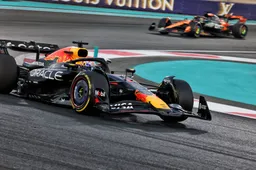
1
Mercedes and Red Bull set for big F1 2026 edge after FIA-approved trick
4008 times read
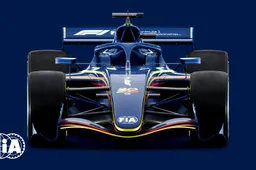
2
'F1 power unit supplier tried to block fuel access to customer team'
1677 times read
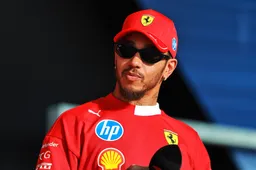
3
'Hamilton's Ferrari contract clause could leave the Scuderia's hands tied'
1434 times read

4
Verstappen reveals part of his new home in Monaco for the first time
802 times read
Loading
